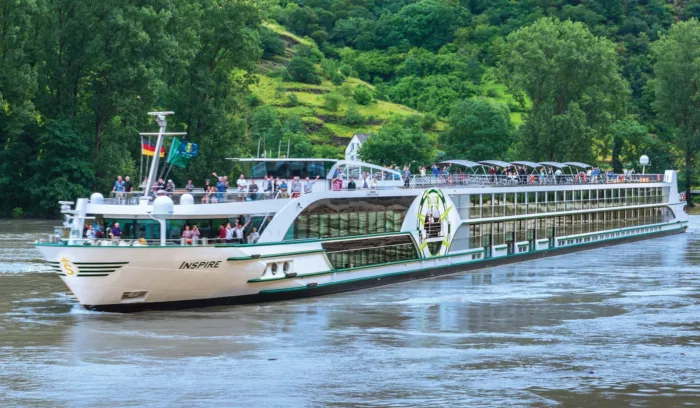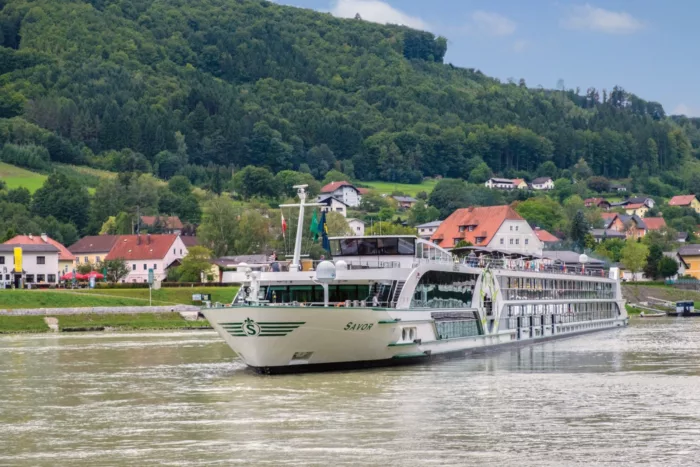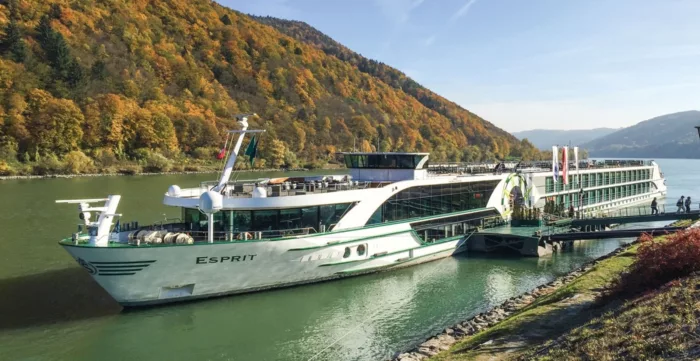Visiting:
Europe

Tauck
Tauck is a super-premium river cruise line offering small, intimate sailings on the waterways of Europe.
The cruise line launched in 1992, offering luxurious and all-inclusive river cruises on the likes of the Danube, Rhine and Rhone.
With many awards under its belt, the cruise line owns it when it comes to European river cruising, heading away from crowded tourist hotspots and off the beaten track.
130
Passengers
39
Crew
2013
Launched
2020
Last refit
135m
Length
11.4m
Width
4
Decks
EUR
Currency
Cruise Itinerary
Ship Details


Tauck
MS Inspire
When you make your way onto ms Inspire, climb to the top deck and take a moment to look over the rails and glance out as the riverbanks pass you by. Then, turn around and join back into the festivities, grabbing a cool drink and enjoying the company of loved ones and new friends, ready for the adventures that await...
Cabins
All Prices




